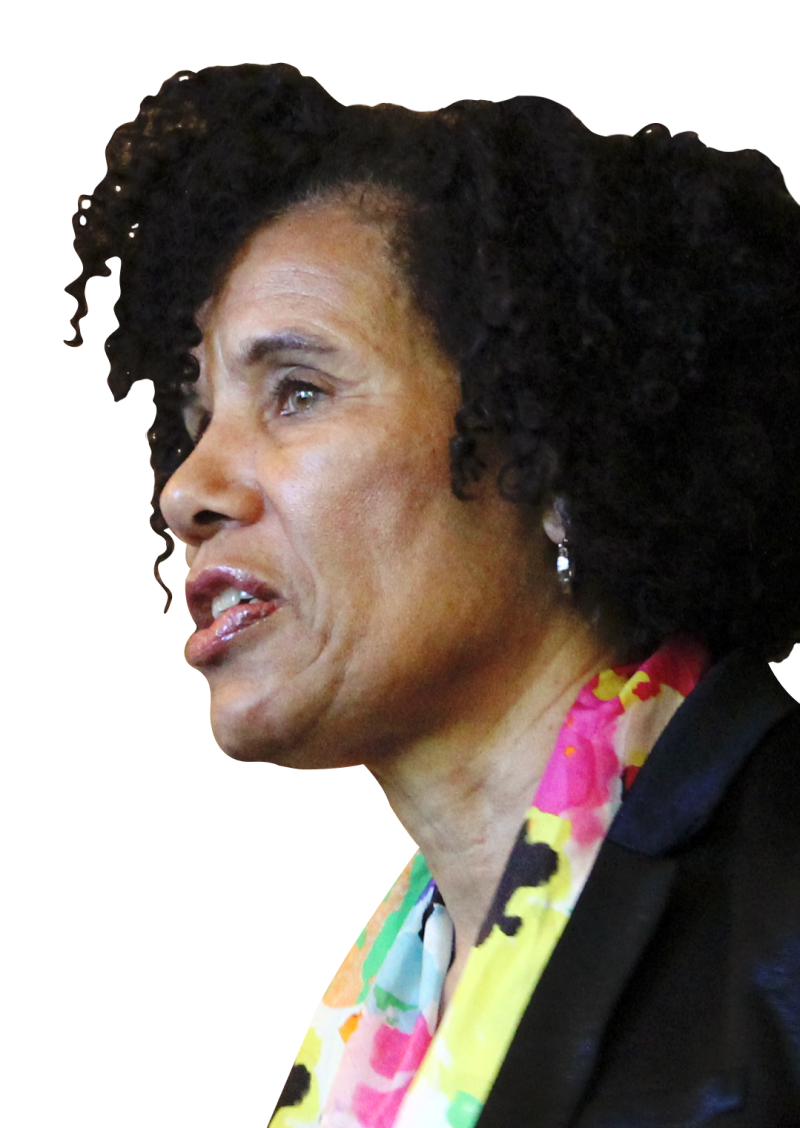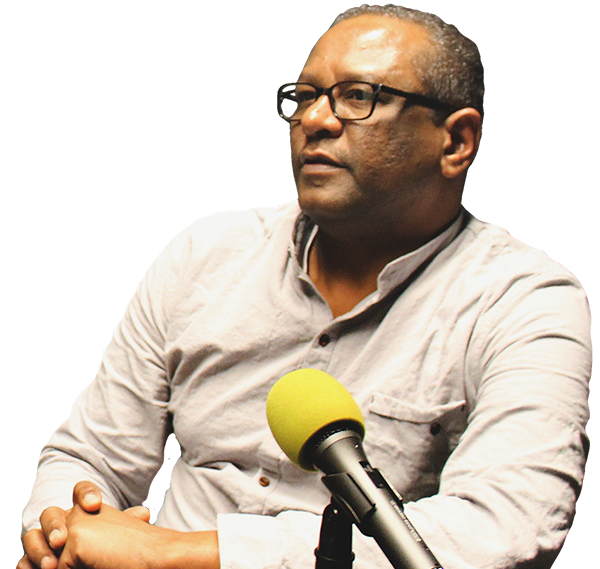Zoning has historically been used to restrict admissibility and to create racially exclusive communities. Rooted in racist past and discriminatory intent, the effects of restrictive zoning in current times are still discriminatory even if the intent is not explicitly racist. Single-family zoned areas, that do not allow development of multi-family housing, has been shown to increase in racial segregation and income inequality through research and practice. Single-family zoning is a mechanism to keep people of color and low income away from neighborhoods that are heavily white and are resource rich. There are many policy solutions to alleviate the role of zoning in perpetuating racial inequity and harm. Equity Metrics has been involved with research and analysis of residential zoning and its effects. Our team has completed the following projects, and is looking forward to exploring and analyzing this issue further:
- Single-Family Zoning in the SF Bay Area: As part of our series on racial segregation in the San Francisco Bay Area, we examined the relationship between restrictive zoning (and single-family zoning in particular) and racial residential segregation. That investigation led us to a broader understanding of the effects of single-family zoning. To conduct this research, we created original color-coded municipal maps displaying single-family zoning, other residential zoning, and non-residential zoning for 101 municipalities in the Bay Area across nine counties. Our maps were constructed from the parcel level upward and accounts for residential land use not publicly attributed to specific housing types, allowing us to assess the effects of restrictive zoning with a far greater level of precision than has generally been done by others. Our goal is to convey a broader appreciation of the ramifications of restrictive zoning.
- Single-Family Zoning in the Greater Los Angeles Region: After the Bay Area single-family zoning analysis, we released a similar analysis for the Greater Los Angeles area. We have created original color-coded municipal maps displaying single-family zoning, other residential zoning, and non-residential zoning for 191 municipalities in the region. These maps are unique in being constructed using parcel level zoning data available from public sources and displaying the complex zoning designations in three easy-to-comprehend re-coded zoning categories. Our analysis provides an in-depth understanding of the landscape of single-family zoning in the region, and provides a list of cities that could be potentially upzoned to mitigate the harmful effects of restrictive zoning.
- Single-Family Zoning in the Sacramento Region: Similar to the analysis of other regions, this analysis evaluates single-family zoning in the Sacramento region, produces static and interactive maps, and proposes cities that could potentially upzone to provide housing choice and proximity to jobs.
- Single-Family Zoning in the San Diego Region: Consistent with our findings in our previous reports, the San Diego region, with all its municipalities and unincorporated areas, has high single-family zoned parcels. But with this being a smaller region, the report only shares descriptive statistics, and cities that could potentially be upzoned.
- Single-Family Zoning in the Monterey Region: With three counties, and 18 jurisdictions, Monterey region is yet another smaller region in our list. The analysis reveals similar patterns of higher percentage of single-family zoning. Similar to the San Diego region, we report the descriptive statistics, and identify cities for zoning reform.
- Single-Family Zoning in the Fresno Region: Unlike all other regions in our analysis, the descriptive statistics are unique for this region. With one county and 15 municipalities, this was the smallest region in our list, and the last one to analyze.
- Single-Family Zoning in California (statewide): We collected zoning data for all municipalities and unincorporated areas within the state, and created a repository of maps for these geographies to share with researchers, scholars, policymakers, and the general public. We are working to report out the statewide analysis, and we hope to learn a lot about single-family zoning in the state.





